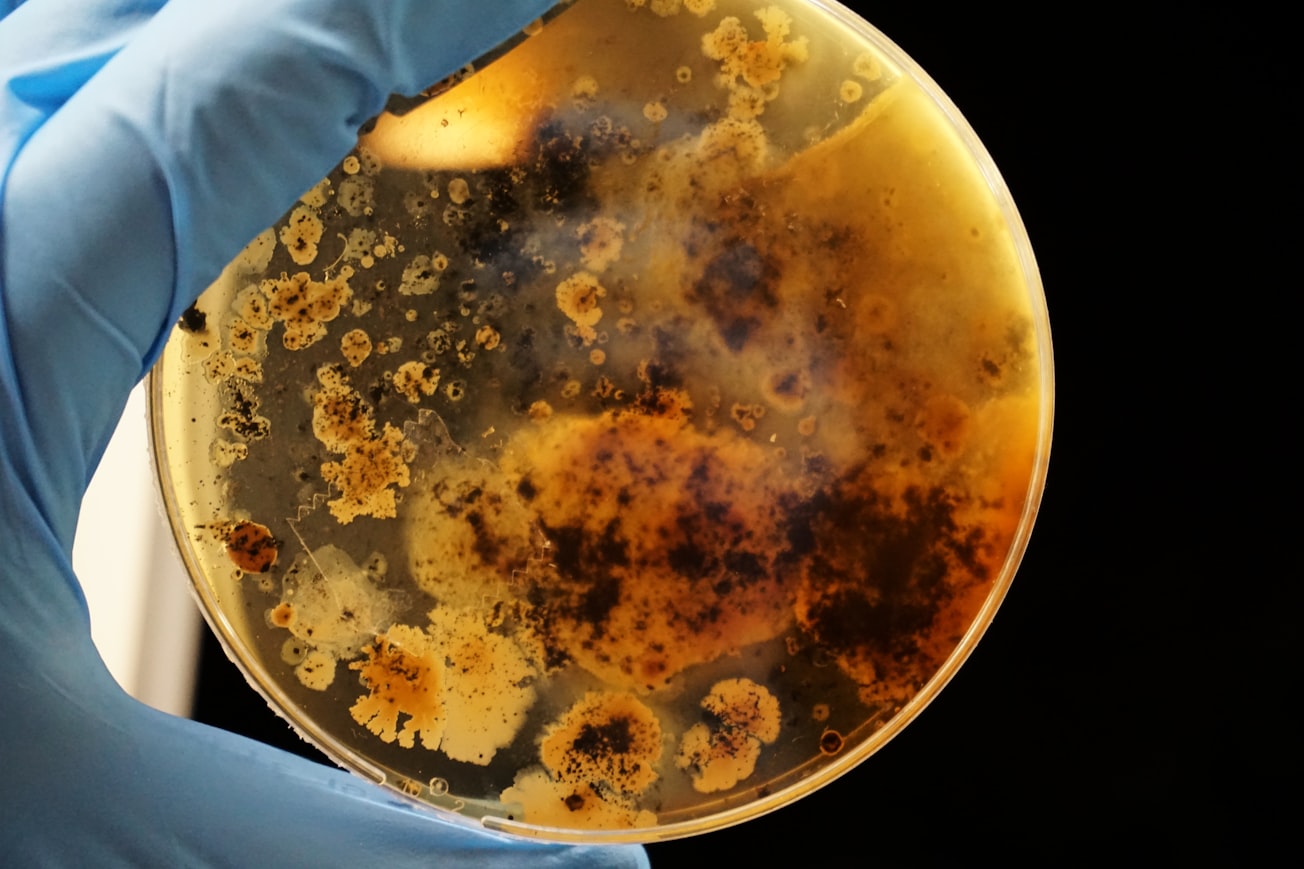What is it about?
We proposed to use the droplet reactors to inhabit two Escherichia coli strains (E.coli BFP and E.coli YFP) and to monitor their coexistence quantitatively. We tuned the initial ratio between the two strains and analyzed their doubling time and final ratio. We proved a trade-off between growth rate and relative biomass yield, influenced by competition.
Featured Image

Photo by Adrian Lange on Unsplash
Why is it important?
The study of bacterial cooperation has a great meaning for both, human health and the environment. The millifluidic droplet reactor system with high throughput simplifies the complex process of the bacterial coexistence study. It allows culture and monitor several microbial strains in liquid media for long-term, automatic and real-time detection. It has the potential to miniaturize the microbial coexistence assays, allowing a controlled single-cell inoculum size, as well as in further practical applications of the multispecies studies, including drug-resistance at the clinical research level.
Perspectives
Bacteria are everywhere, and their coexistence balance directly affects our human health. To better understand the bacterial coexistence relationship is meaningful and attractive. I hope the millifluidic droplet reactor has more widely used in different studies.
Xinne Zhao
Read the Original
This page is a summary of: Coexistence of fluorescent Escherichia coli strains in millifluidic droplet reactors, Lab on a Chip, January 2021, Royal Society of Chemistry,
DOI: 10.1039/d0lc01204a.
You can read the full text:
Resources
Contributors
The following have contributed to this page







